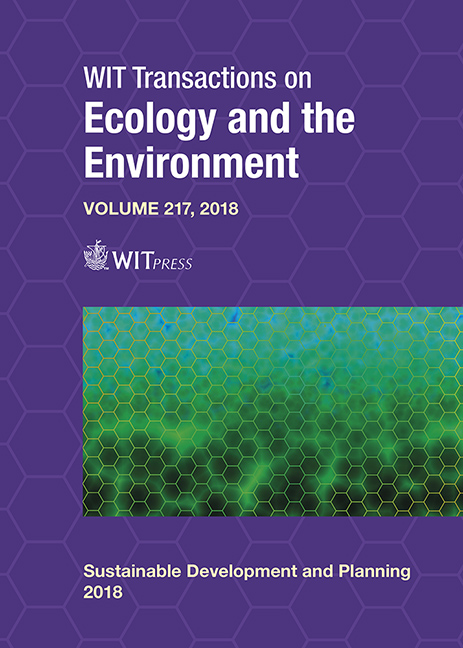AIRPORT NEIGHBOURHOODS AS FUTURE REGIONAL DEVELOPMENT AREAS FOR RESOURCE AWARENESS AND GESTALT SUSTAINABILITY: SMARTAIREA
Price
Free (open access)
Transaction
Volume
217
Pages
10
Page Range
259 - 268
Published
2018
Size
920 kb
Paper DOI
10.2495/SDP180241
Copyright
WIT Press
Author(s)
JULIA FORSTER, SANELA PANSINGER
Abstract
The form of urbanisation has fundamentally changed in recent years. In particular between the airport and the city, and in the airport environment, which is predominantly used by trade and industry, a complex spatial organisation with specific features has developed mostly as a result of logical, economic and political decisions. There is thus a special motivation to transform this spatial complexity in the environment of the airport into a sustainably integrated spatial development for city, region and neighbouring communities – into SmartAIRea. The dynamically growing environment of the airport is an ideal and innovative test bed for intelligent, cross-linked and integrated solutions where sustainability demands can be tried out under multifactorial conditions and implemented as an example throughout Europe, where 40% of the 460 airports will have to face a potential shut down due to regulatory change. The objective is to integrate the existing airport and its environment not only through ecological, economic and technological synergy and cross-linking, but also by generating an innovative spatial quality which provides gestalt sustainability, thus yielding potential for further urban and regional development. Furthermore the objective is a positioning of a sustainable spatial organization (timeless and time-related), which balances the appearance (gestalt) and its usefulness and in this context sets a framework where people feel alive and present. This process needs concepts which generate and combine smart systems, solutions and methods. The Graz Airport environment thus offers an ideal possibility to embed thematic principles such as building and spatial organisation, sustainable development and energy supply, quality of life, noise reduction, economic balance and good governance in the planning process. The airport environment is transformed into a transparent, interconnected, controllable and resilient location – into SmartAIRea, where the term “gestalt” sustainability, which properly belongs to a people-oriented space, is at centre stage. SmartAIRea as a transferable model can thus give a future-oriented answer to burning questions of sustainable urban development.
Keywords
airport area, sustainable urban development, inward development, transdisciplinary participation process, digital modelling and planning support, spatial design, gestalt sustainability





